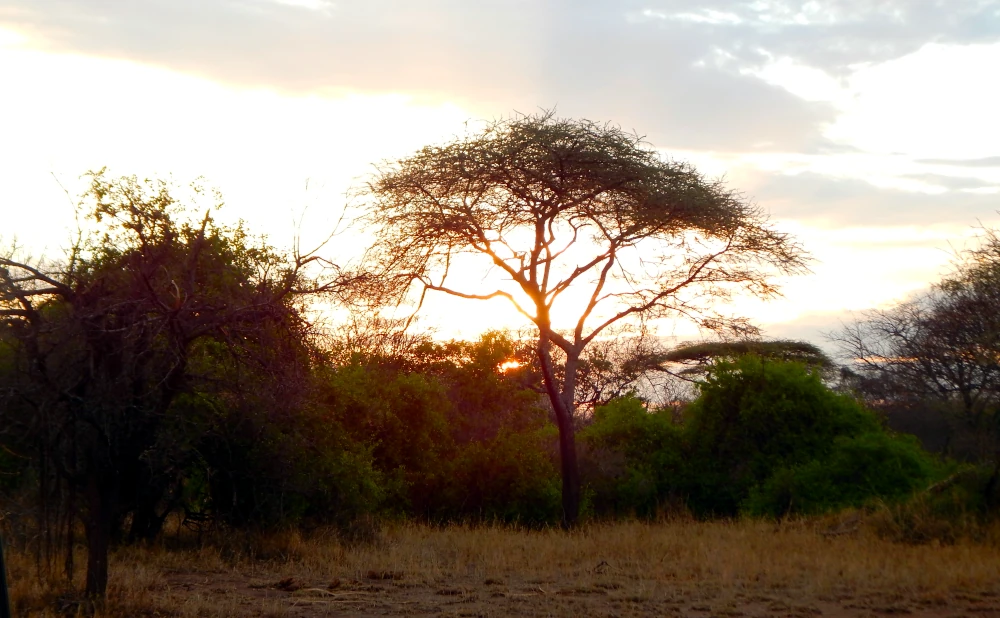Articles
What and How to Dress During The Trek in Tanzania

When preparing for a hike in Tanzania, it's essential to dress appropriately to ensure comfort, protection, and safety throughout your journey. Here's a guide on how to dress for a hike in Tanzania:
1. Clothing:
- Moisture-wicking base layers: Start with lightweight, breathable fabrics that wick sweat away from your skin to keep you dry and comfortable.
- Long-sleeve shirt and pants: Protect your skin from the sun, insects, and thorny vegetation by wearing lightweight, long-sleeve shirts and pants made of quick-drying material.
- Insulating layers: Depending on the altitude and time of day, temperatures can vary significantly. Bring insulating layers like a fleece jacket or down vest to stay warm during cooler periods.
- Waterproof and windproof outer layer: Be prepared for sudden changes in weather by packing a waterproof and windproof jacket and pants to keep you dry and protected from the elements.
- Hat and sunglasses: Shield your face and eyes from the sun's rays with a wide-brimmed hat and sunglasses with UV protection.
- Gloves and beanie: Pack lightweight gloves and a beanie to keep your hands and head warm during chilly mornings or at higher elevations.
- Extra socks: Bring extra pairs of moisture-wicking socks to keep your feet dry and comfortable throughout the hike.
2. Footwear:
- Sturdy hiking boots: Invest in a pair of sturdy, broken-in hiking boots with good ankle support and traction to navigate uneven terrain and rocky trails safely.
- Wool or synthetic socks: Wear moisture-wicking socks made of wool or synthetic materials to prevent blisters and keep your feet dry and comfortable.
3. Accessories:
- Daypack: Carry a lightweight, comfortable daypack to store essential items like water, snacks, sunscreen, and layers.
- Trekking poles: Consider using trekking poles to provide stability, reduce strain on your joints, and improve balance, especially on steep or uneven terrain.
- Sunscreen and lip balm: Apply sunscreen with SPF 30 or higher to protect your skin from harmful UV rays, and use lip balm with SPF to prevent chapped lips.
- Insect repellent: Use insect repellent containing DEET or picaridin to ward off mosquitoes, ticks, and other biting insects.
- First aid kit: Pack a compact first aid kit with essential supplies for treating minor injuries, blisters, and ailments.
4. Considerations:
- Layering: Dress in layers that can be easily added or removed to regulate your body temperature and stay comfortable in changing weather conditions.
- Terrain: Consider the terrain and weather conditions of your hike when choosing clothing and footwear to ensure appropriate protection and comfort.
- Hydration: Stay hydrated by drinking plenty of water throughout your hike and carry an adequate supply of water or a water filtration system to refill along the trail.
- Safety: Prioritize safety by dressing appropriately, staying hydrated, and following trail etiquette and guidelines to minimize risks and ensure an enjoyable hiking experience.
